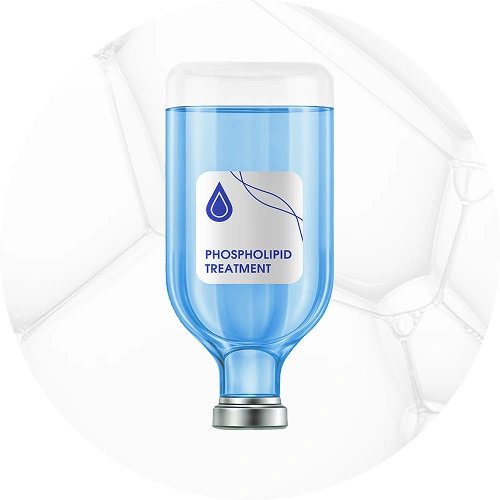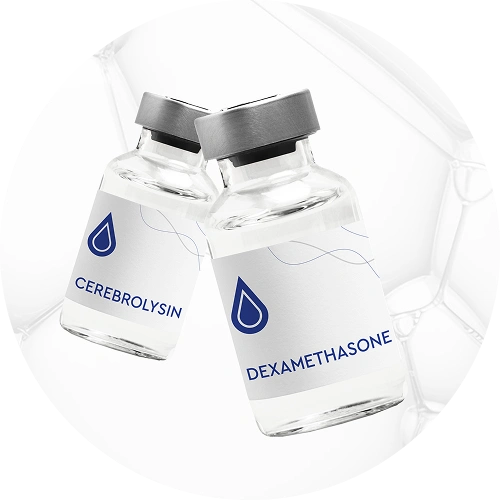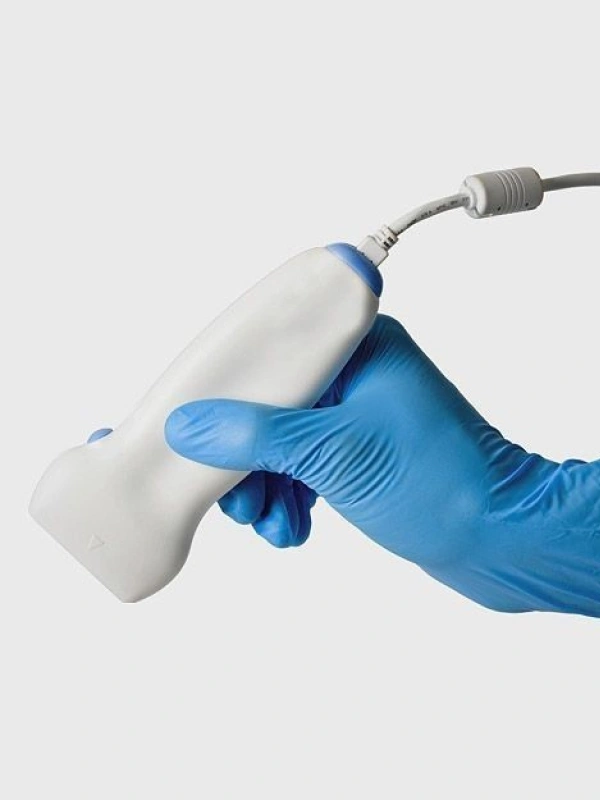How to get rid of visceral fat
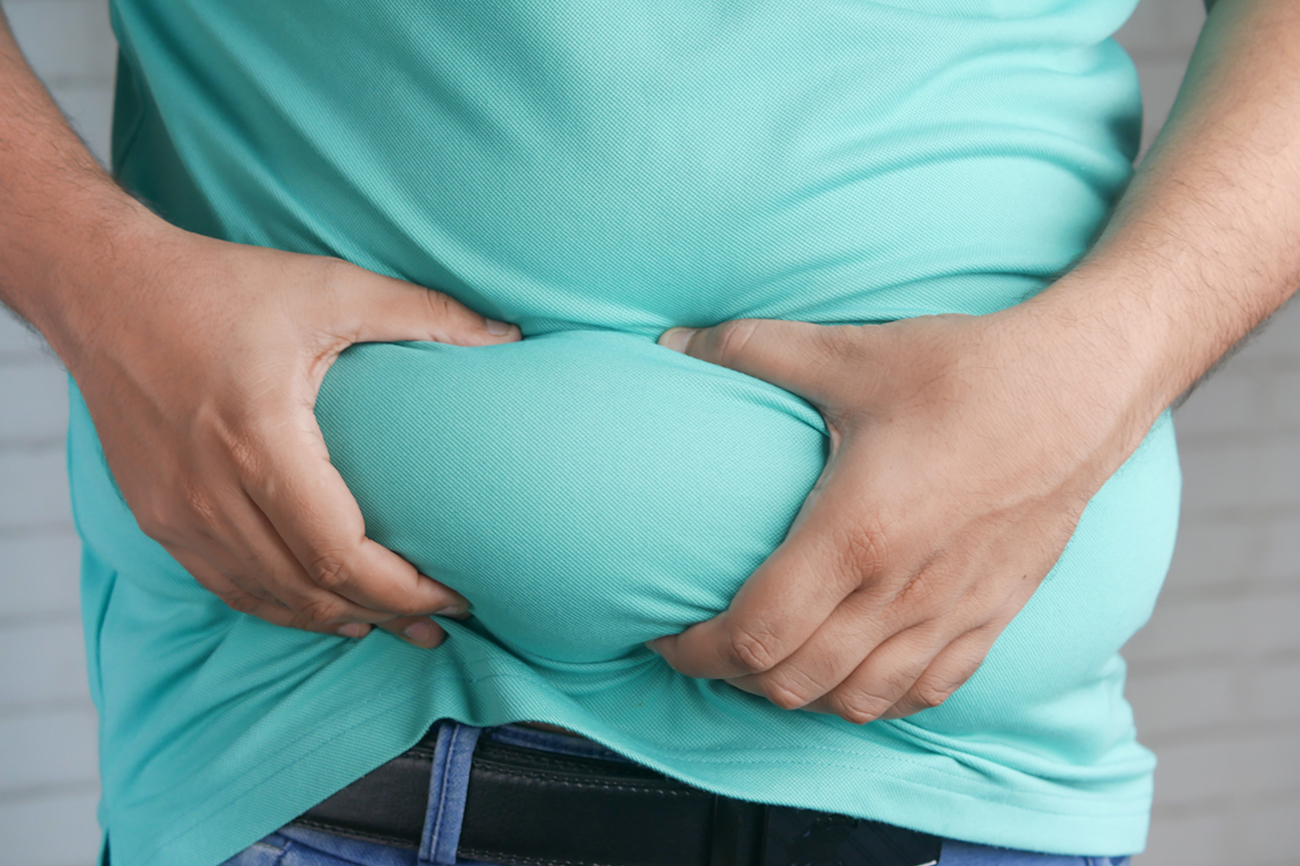
One of the most insidious types of fat deposits is the one that accumulates around the internal organs. It is almost invisible from the outside, yet it significantly increases the risks for the heart, liver, and even hormonal balance. That is why the question of how to get rid of visceral fat is not only about aesthetics but also about health.
How to Identify Visceral Fat
You can understand whether you have hidden fat layers not only by measuring your waist circumference. Much more accurate methods are bioimpedance analysis or MRI, but if professional examination is not available for now, you can assess the level of risk by simple signs: a large waistline, lack of visible abs despite normal weight, fatigue, and even hormonal disruptions.
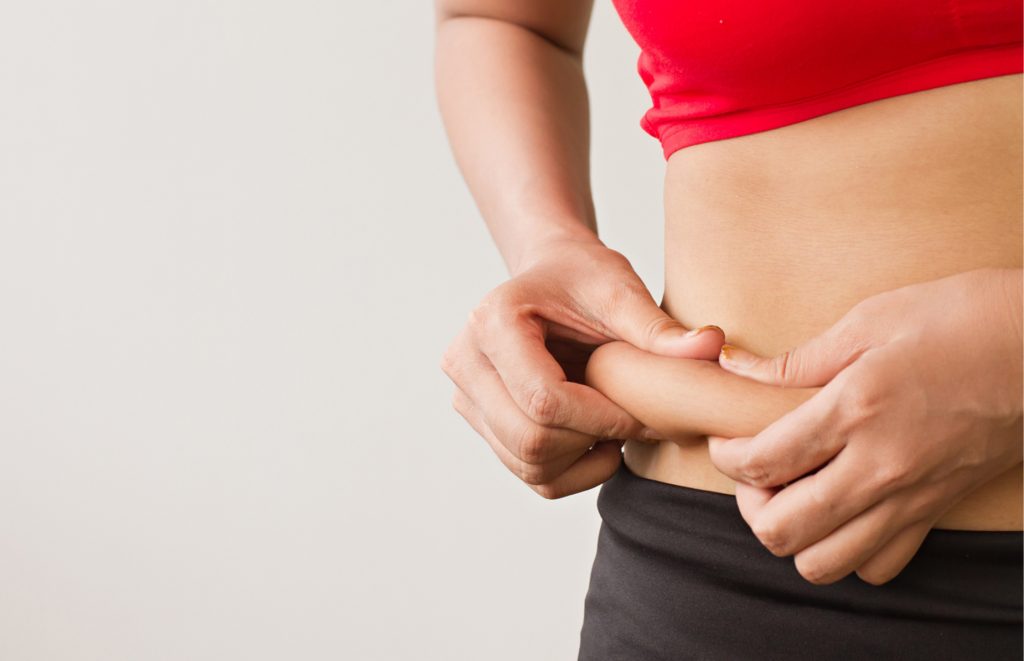
How to Get Rid of Visceral Fat at Home
Getting rid of internal fat is not a race, but a journey where stability and consistency play the main role. You should not expect instant changes, but the first results can be noticeable after 3–4 weeks of the right approach.
Here’s what can help you make progress:
- Calorie deficit: not a strict diet, but a thoughtful reduction of portions and replacing high-calorie foods with lighter and healthier ones. It is important not to starve but to create a light yet stable energy deficit so that the body begins to use its internal reserves.
- Protein focus: high-quality protein in the diet (chicken, fish, eggs, cottage cheese, legumes) provides long-lasting satiety, helps preserve muscles, and supports metabolism, which is especially important during weight loss so that the body loses fat, not muscle mass.
- Moderate cardio: walking, swimming, or cycling do not overload the body but gently activate fat-burning processes. The key is consistency: 30 minutes every day is better than 2 hours once a week.
- Strength training: simple exercises with your own body weight (squats, push-ups, planks) or dumbbells not only tone the body but also increase daily calorie expenditure. Even basic strength activity makes metabolism more “efficient.”
- Stress control: chronic tension and fatigue increase cortisol levels, which are directly linked to the accumulation of visceral fat. Breathing practices, proper sleep, yoga, and outdoor walks can help.
All these actions together create a healthy and sustainable strategy that truly helps reduce internal fat and improve overall well-being.

How to Get Rid of Visceral Fat in the Abdomen
Fat deposits in the abdomen are most often “internal.” Crunches and ab workouts will not directly help — what matters first is a comprehensive approach: nutrition, movement, and routine. Do not believe the myths about “spot fat burning,” as the body decides on its own where to lose excess fat. However, it is precisely visceral fat that tends to go away first with the right strategy.
Additionally, you should:
- Eliminate sugary sodas and fast food: they promote inflammation and increase visceral fat mass.
- Add fiber to your diet: it helps regulate blood sugar levels and provides long-lasting satiety.
- Get at least 7 hours of sleep: lack of sleep worsens hormonal imbalance.
These measures complement the main approach and accelerate results.

How to Get Rid of Visceral Fat After 50
With age, metabolism slows down, hormones change, and fat accumulates faster. After 50, the risks of diabetes and cardiovascular diseases increase, but results are still possible — they just require a bit more patience.
What is especially important after 50:
- Moderation in exercise: stay consistent without overexertion.
- Greater focus on nutrition: minimize sugar and increase vegetable intake.
- Include light balance and flexibility exercises: they reduce the risk of injuries.
- Check hormone levels in postmenopausal women.
These steps will help safely and effectively maintain fitness even after 50.
Practical Tips for Daily Motivation
To make the journey easier, use these simple techniques:
- set small weekly goals;
- keep a food diary or track your progress in an app;
- take before-and-after photos: visual progress is inspiring;
- cook tasty and healthy meals: healthy eating should not be boring;
- find support: a friend, trainer, or online group can help you stay on track.
This way, you will maintain motivation and not stray from your course.
Why It’s Important to Act Now
Fat around the organs does not go away on its own, and the longer it is ignored, the harder it is to deal with. It affects blood pressure, insulin levels, inflammation, and even mood. The good news is that even moderate weight loss already brings positive changes: heart function improves, blood sugar normalizes, and energy levels increase.
Getting rid of deep fat deposits is an achievable goal if approached wisely. The key is not to chase instant results but to build sustainable habits: adjust nutrition, move regularly, and take care of your nervous system. Such an approach will deliver long-lasting effects.
Our website features the following popular types of services:



